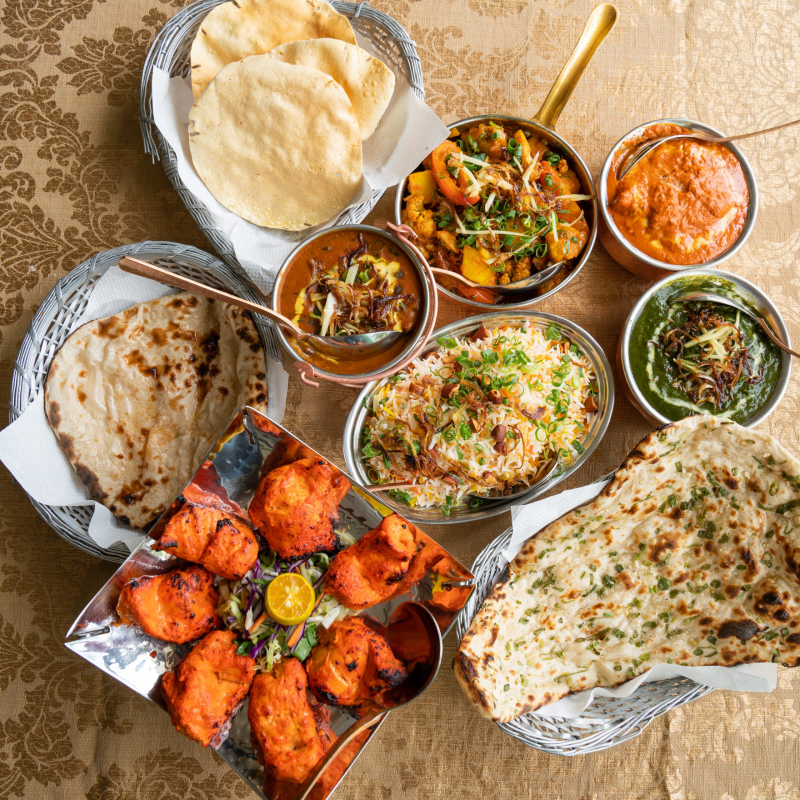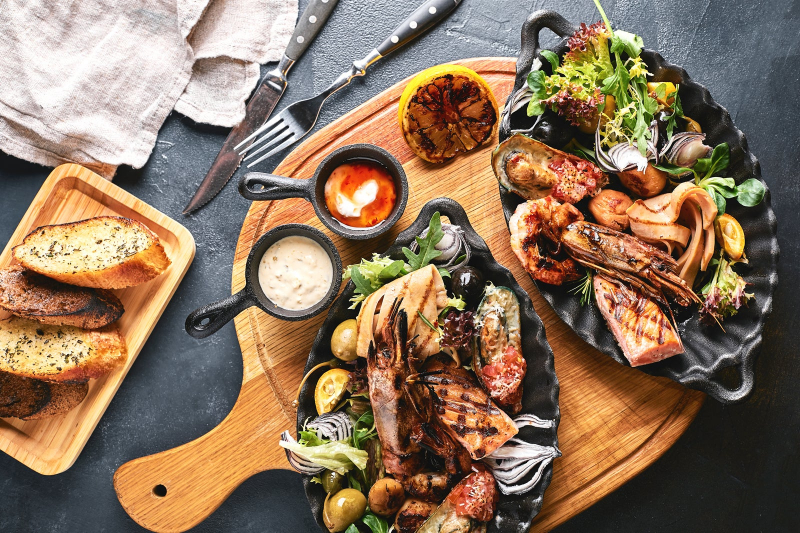Dining Etiquette
Dining etiquette in Palau is quite diverse and relaxed, with a clear distinction between restaurants catering to tourists and those catering to locals. As a result, people eat in a number of different ways, nearly all of which are acceptable, though you may be looked at strangely in extreme cases.
When dining with locals, keep customs and how others eat in mind. In general, when an elder enters or exits the room, stand, allow your local host to show you a seat, then be polite and try everything. Accepting food expresses gratitude, whereas refusing to try the foods offered is an insult to your host. Consuming as much as possible, on the other hand, demonstrates great appreciation. Of course, eating all of their food is also inappropriate because most people believe that food should be shared by all families and guests. It's entirely up to you whether you leave food on your plate after you've finished eating.
Although most people eat with their hands, some families may have forks and provide them. Of course, if you dine at a restaurant, you will be given and expected to use silverware. Eating in the continental style (knife in the right hand, fork in the left) is the most common in these settings, but etiquette is generally relaxed, so eating in almost any style is acceptable. Many Asian restaurants also provide chopsticks, which, if used correctly, can be used.









